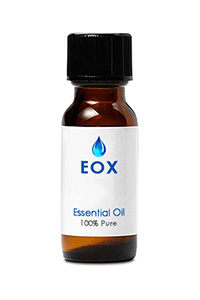New ArrivalsGift Ideas Specials Contact Us

WINTER 5% OFF SALE!
SITEWIDE05
Simply enter the above coupon code and save 5% on your ENTIRE ORDER!
Use PayPal, cash, or checks! NO LIMIT!

Now In: CATEGORIES → Essential Oils → 15ml Bottles → Essential Oil - Palmarosa
Botanical name: Cymbopogon martini Color: Pale yellow to olive Consistency: Thin Perfumery note: Middle Related planets/deities: Venus/Mercury Aroma: Sweet, floral, hints of rose and geranium Energetic Properties: Uplifting, invigorating Aromatherapy properties: A pale yellow or olive liquid with a sweet, floral, rosy, geranium-like scent. It blends well with ylang-ylang, geranium, oakmoss, amyris, sandalwood, cedarwood, and floral oils. Spiritual uses: Palmarosa oil has a calming effect on the spirit. It may help relieve nervous tension, clear muddled thinking, alleviate nervous exhaustion and uplift the mood. The calming, grounding fragrance of palmarosa oil is often helpful for people with insecurity or jealousy issues in relationships, or those who have trouble adapting to changes and life transitions. Palmarosa is also used to create mental focus before magic rituals. Blends well with: Floral or citrusy oils such as Amyris, Bergamot, Cedarwood, Fennel, Geranium, Lemongrass, Lime, Oakmoss, Sandalwood, and Ylang Ylang. History: A perennial grass native to South Asia, palmarosa has long been cultivated for its essential oil. In India, palmarosa is used as an insect repellent and was applied to stores of grain and beans to prevent insects from devouring the harvest. Palmarosa also appears in Ayurvedic medicine as a treatment for fungal infections and parasitic worms. Traditional Chinese medicine holds that palmarosa promotes the body’s moistening and cooling functions, making it effective for treating conditions related to inflammation and an abundance of heat in the body, such as chronic pain, rheumatism, and indigestion. Today, palmarosa oil is most commonly used in deteregents and perfumes, and even to flavor tobacco products. |
|
|||||||
|
|||||||





